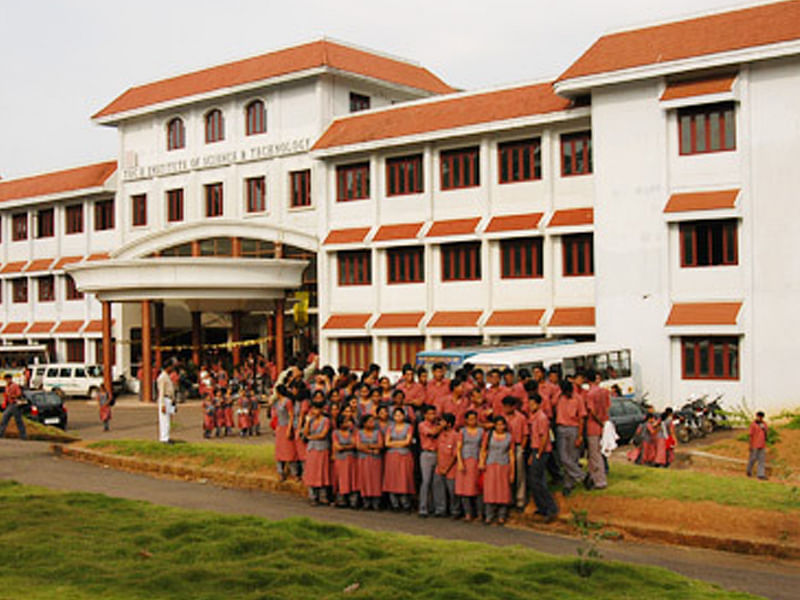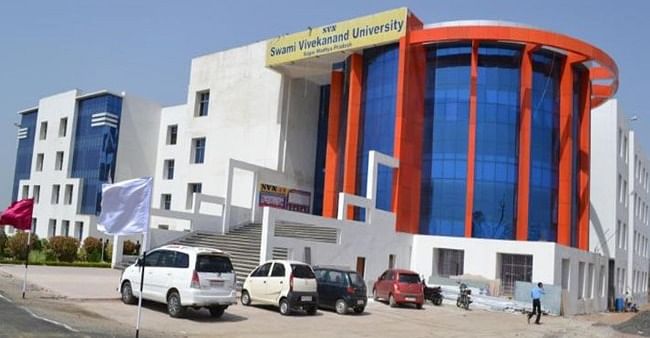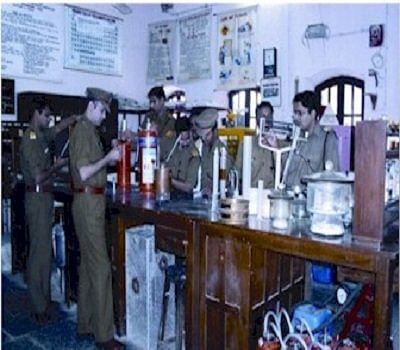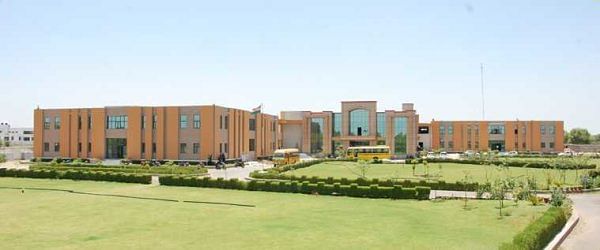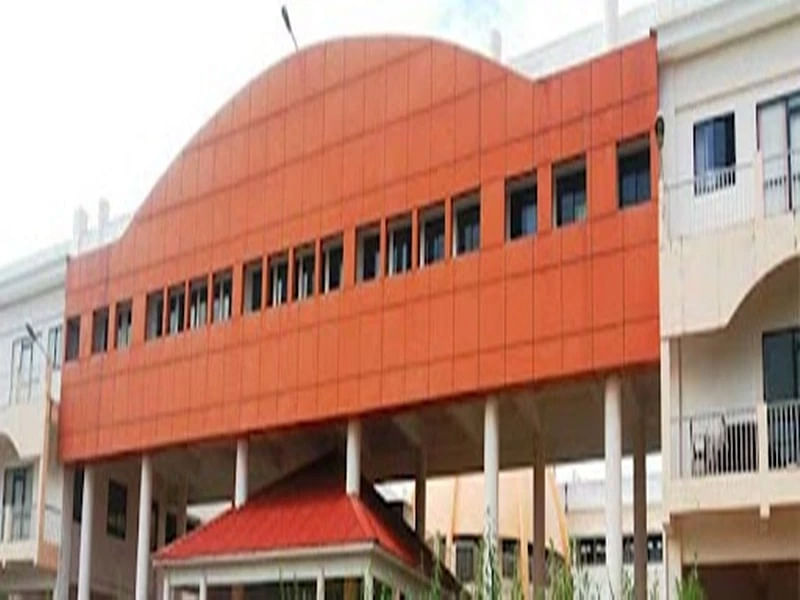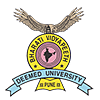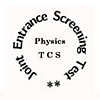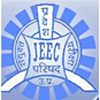B.Tech Safety and Fire Engineering Syllabus and Subjects

B.Tech Safety and Fire Engineering syllabus teaches methods for preventing and protecting against fires during construction of buildings, railways, ships, etc. The course is split into eight semesters for four years. It includes practical training in fire fighting and safety drills, increasing job opportunities in industrial and construction fields.
Table of Contents
- Semester Wise B.Tech Safety and Fire Engieering Syllabus
- B.Tech Safety and Fire Engineering Subjects
Semester Wise B.Tech Safety and Fire Engineering Syllabus
The fire and safety engineering syllabus has six sections covering basic principles, core and elective subjects, labs, interships, and projects. Students can choose electives and participate in projects and internships during the final semester. See the table below for the B Tech safety and fire engineering syllabus by semester.
B.Tech Safety and Fire Engineering 1st Year Syllabus
In the table given below are 1st year fire and safety engineering syllabus for B.Tech:
| Semester I | Semester II |
| Communicative English | Technical English |
| Engineering Mathematics I | Engineering Mathematics II |
| Engineering Physics | Engineering Physics II |
| Engineering Chemistry | Engineering Mechanics |
| Engineering Graphics | Industrial Chemical Technology |
| Basics of Civil Engineering | Computer Programming |
B.Tech Safety and Fire Engineering 1st Year Practical
The list given below highlight the practicals offered in 1st year of fire and safety engineering syllabus:
- Physics Lab
- Chemistry Lab
- Mechanics Lab
- Computer Programming Lab
B.Tech Safety and Fire Engineering 2nd Year Syllabus
In the table given below are 2nd year fire and safety engineering syllabus for B.Tech:
| Semester III | Semester IV |
| Partial, Diffrential Equation and Complex Analysis | Applied Numerical Methods |
| Chemical Engineering I | Chemical Engineering II |
| Town Planning and Safety in Construction Industry | Electrical Technology and Safety |
| Principles of Safety Management | Strength of Material |
| Fluid Mechanics and Fluid Flow Mechanics | Transfer Operations in Chemical Engineering |
| Sustainable Engineering | Fire Engineering |
B.Tech Safety and Fire Engineering 2nd Year Practical
The list given below highlight the practicals offered in 2nd year of fire and safety engineering syllabus:
- Chemical Engineering Lab
- Fluid Mechanics and Machinery Lab
- Safety Engineering Lab
- Material Testing Lab
B.Tech Safety and Fire Engineering 3rd Year Syllabus
In the table given below are 3rd year fire and safety engineering syllabus for B.Tech:
| Semester V | Semester VI |
| Planning and Design of Fire Protection Systems | Legal Aspect of Safety, Health, and Environment |
| Principles of Engineering Design | Structural Fire Safety |
| Fire Engineering II | Chemical Process Safety |
| Occupational Health & Hygine Management | Hazard Identification and Risk Assessment |
| Safety In Construction Industry | Process Safety and Control Engineering |
| Disaster Management | Fire Engineering III |
B.Tech Safety and Fire Engineering 3rd Year Practical
The list given below highlight the practicals offered in 3rd year of fire and safety engineering syllabus:
- Environmental Engineering and Industrial Hygine Lab
- Mini Project Lab
- Chemical Engineering Lab
- Material Testing Lab
B.Tech Safety and Fire Engineering 4th Year Syllabus
In the table given below are 4th year fire and safety engineering syllabus for B.Tech:
| Semester VII | Semester VIII |
| Safety in Petroleum and Pterochemical Industry | Human Factors Engineering and Behaviour Based Safety |
| Hazard Identification and Computer Aided Risk Analysis | Project Phase II |
| Safety in Road and Rail Transport | - |
| Fire Engineering | - |
| Project Phase I | - |
| Seminar | - |
B.Tech Safety and Fire Engineering 4th Year Practical
The list given below highlight the practicals offered in 4th year of fire and safety engineering syllabus:
- Project Phase I
- Project Phase II
B.Tech Safety and Fire Engineering Subjects
Fire and safety engineering subjects include engineering sciences, fundamentals of safety management, fire science, thermal science, first aid measures, etc. Listed below are the fire and safety subjects as: core subjects, elective and lab.
B.Tech Safety and Fire Engineering Core Subjects:
In the list given below are core subjects offered in fire and safety engineering subjects:
- Problem Solving and Python Programming
- Engineering Graphics
- Physics of Materials
- Engineering Mechanics
- Basic Civil and Mechanical Engineering
- Industrial Chemical Technology
- Fundamentals of Management
- Town Planning and Safety in Construction Industry
- Fire Engineering
B.Tech Safety and Fire Engineering Elective Subjects:
In the list given below are electivess offered in fire and safety engineering subjects:
- Legal Aspects of HSE
- Food and Biosafety
- Environmental Management in Power Industry
- Global Disaster Scenario
- Environmental Pollution and Control
- Fundamentals of Nanoscience
- Dock Safety
- Reliability Engineering
B.Tech Safety and Fire Engineering Lab Subjects:
In the list given below are lab subjects offered in fire and safety engineering subjects:
- Fire Fighting Installation and Automation Lab
- Environmental Engineering Lab
- Field Training in Fire Rescue
- Heat Transfer, Combustion and Explosives Lab
- Industrial Hygiene Lab
- Strength of Material Lab
- Electrical Fire Safety Lab
B.Tech Safety and Fire Engineering Subjects In Detail
Fire and safety engineering subjects in B.Tech covers a range of topics, including those highlighted below:
| B.Tech Fire and Safety Engineetring subjects | Topics |
| Mathematics | Revision of Prerequisites, Elementary Row and Column Transformations(Reduction of a Matrices into Echelon and Normal form), Higher order derivatives, Double and Triple Integrals, Half Range Sine and Cosine series. |
| Physics | Laser and Fiber Optics, Crystal Structure and X-Rays, Displacement current, Maxwell’s correction in Ampere’s law, Maxwell’s Equations (Integral and Differential Forms) and Equation of continuity. |
| Strength of Materials | Shear Force and Bending Movement Diagrams, Simple Stress and Strains, Stress in Beams, Torsion, Compund Stress and Strains. |
| Fire Engineering | Combustion Science of Solids, Liquids & Gases, incipient, smoldering, flame and heat stages; Products of combustion-flame, heat, smoke, fire,gases. |
| Electrical Technology & Safety in Electrical Systems |
Transformers, DC Machines, Alternators, Induction Machines- Characteristics, application, Function switchgear, Arc Phenomenon- Initialization of an Arc, Arc interruption, Recovery voltage. |
B.Tech Safety and Fire Engineering Course Structure
The B.Tech Fire and Safety syllabus comprises seven major parts: basic engineering, course introduction, core subjects, electives, labs, workshop training, and projects. Apart from academics, students learn professional English, soft skills, and personality development. The fire and safety engineering course details is given in the list below:
- Core Subjects
- Elective Subjects
- Lab Section
- Seminar
- Viva
- Quiz
- Workshops
- Research Paper
- Internship
- Project
B.Tech Safety and Fire Engineering Teaching Methodology and Techniques
B Tech Safety and Fire Engineering syllabus teaching methodology include smart classrooms, equipped laboratories, digital notes, flow charts, diagrams, etc. These techniques will enhance the work ethic and career acceleration. Listed below are a few teaching methodologies and techniques:
- Group projects
- Practical sessions
- Thesis writing
- Workshop
- Labs
- Seminar
- Projects
B.Tech Safety and Fire Engineering Projects
B Tech Safety and Fire Engineering syllabus complete real-life projects and disaster drills. Given below are some of the B.Tech Fire and Safety syllabus projects are:
- Modern Vehicles Fire Safety
- Analyzing Smoke Detectors Response with the help of Quantitative Salt-water Modelling technique
- Spontaneous Ignition of Hydrogen Jet
- Canonical Sprinkler Sprays Discharge Characteristics
- Poorly Ventilated Compartment Fire Effects in Flame Extinction & Air Vitiation
B.Tech Safety and Fire Engineering Reference Books
Listed below are a few reference books for Fire and Safety Engineering Syllabus:
| Books | Authors |
| Principles of Fire Safety Standards for Building Construction | Roytman M.Ya |
| Designing of fire safety | E.Gordon Butcher E.G. and Parnell A.C |
| Occupational Safety Management and Engineering | Willie Hammer |
| Electricity Fire Risks | G.S. Hodges |
| Fire safety in Building | Adam Charles black |
| General fire hazards and fire protection | J.J. Williams |
Top B.Tech Safety and Fire Engineering Colleges
Top Engineering Entrance Exams
B.Tech Safety and Fire Engineering Fee Structure
FAQs on B.Tech Safety and Fire Engineering Syllabus and Subjects
Q: What are the subjects in BTech fire and safety?
Q: What can I do after B Tech in fire safety?
Q: What is the scope of fire and safety engineering?
Q: What is future of fire and safety field?


